
Radar | May 15,2021
Mar 23 , 2024.
Addis Abeba has been experiencing rapid expansion over the past two decades. While seemingly progressive, efforts to broaden roads and introduce bike lanes continue to unsettle many of its residents who are subjected to dislocations, resettlement and inconvenience. A profound transformation is underway, mixing ambition and upheaval.
The city authorities would argue that such upheaval is necessary to address the informal settlements, acute housing shortages, and environmental hazards that plague Addis Abeba. Much of the city's outdated infrastructure is undergoing expansion to accommodate its growing population. Yet, the push for modernisation raises questions about the balance between development and the rights of those it displaces.
Marco Di Nunzio, an anthropologist at the University of Birmingham, has spent two years studying the lives of those at the sharp end of this change. His book, "The Art of Living: Street Life, Marginality, and Development in Urban Ethiopia," vividly portrays life in the Piassa neighbourhood, where residents face disruption as the city embarks on ambitious public works. The authorities aspire to modernise a city's infrastructure that often prides itself as Africa's political and diplomatic heart. But at what cost remains a subject of intense debate.
Di Nunzio was one of the first to voice his indignation at the demolitions and wreckages in the area. His post last week on X, former Twitter, about his misgivings over what happened to a neighbourhood where he once lived for two years perhaps captured the sentiment of many. For him, the demolitions are destroying not only buildings and roads that need upgrading. He argued that this is not just physical displacement but an assault on the citizens' stake in their city's present and future.
The authorities may be keen to see broader, safe, and accessible roads dominating the city's topography. After all, Ethiopia is a country with one of the world's highest road fatality rates, with 26.7 deaths for 100,000 people annually, according to the World Health Organization (WHO). Supported by the United Nations, the city's authorities have embraced a five-year strategy for non-motorised transport networks to make streets safer for pedestrians and cyclists, including the most vulnerable groups such as children and the physically challenged.
Yet, this effort exists alongside growing inequalities fragmenting the city along socio-economic lines.
Rapid growth in Addis Abeba has not translated into widespread economic prosperity. The urban terrain is defined by high unemployment, sprawling informal settlements, and inadequate public services. Despite significant public spending to alleviate poverty, the poorest residents see little improvement in their living conditions. The gap between intentions and outcomes is particularly glaring in welfare-disadvantaged areas, where resources seem to have been misallocated.
The administration of Mayor Adanech Abebie has embarked on a public relations campaign to showcase the benefits of relocation for those displaced by development projects. A documentary featuring residents resettled to condos on the city's outskirts paints a rosy picture of gratitude and improved living standards. However, these stories belie the deeper issues of displacement and the redefinition of urban citizenship.
Evictions, justified by the pursuit of modernisation, could be part of a global urban policy trend that often prioritises economic growth over community welfare.
Di Nunzio contends that these policies not only displace people physically but also disrupt the moral and political economy of the city, privileging certain visions of progress over others. The practice, known as "accumulation by dispossession," has profound implications for distributing entitlements and worth among residents. He challenged the framing of evictions and urban development in terms of "creative destruction", which complicates the discourse further. He fears that the concept, suggesting that growth demands the clearing away old structures, reinforces market-led notions of justice at the expense of the urban poor.
The Ethiopian People’s Revolutionary Democratic Front (EPRDF) and its successor, the Prosperity Party (PP), have pursued such a vision of urban transformation that attempts to marry state control with market liberalisation. However, this approach often prioritises economic growth at the expense of social justice, leading to increased inequalities and reinforcing control mechanisms over the populace. Their leaders may celebrate implementing large-scale projects, such as housing schemes and transit systems, as symbols of progress.
Yet their impact on residents' lives is mixed. Many promises of improved living conditions remain unfulfilled, overshadowed by affordability and spatial injustice. Despite initial euphoria during the incumbent party's formative years, the persistence of evictions shows the limitations of development efforts. While signalling commitments to urban regeneration, various projects in the city raise questions about its residents' rights.
Amidst the push for modernity, the sanctity of property ownership wanes. The loss of historical landmarks, such as those in the Piassa neighbourhood's Mekonnen Bar, reveals the city's shifting priorities under the Prosperity Party's governance. The ongoing public works from Piassa to Bole and from Mexio Square to Ayat, occur during high inflation, limited employment opportunities, and strained financial systems, exacerbated by political instability and high defence spending.
A UNDP study discovered that the city's poverty rate has resurged from 17.8pc to 24pc since 2016, suggesting a pressing need to reallocate public funds to more immediate concerns rather than infrastructural vanity projects. Yet, the city authorities continue to prioritise road expansions and beautification efforts, reflecting a disconnect between governmental priorities and the lived experiences of Addis Abeba's residents. Their approach brings forth the limitations of managing urban growth and raises questions about the transparency and accountability of public spending.
While the city's efforts to improve infrastructure and public safety could be commendable, they can be balanced against its most vulnerable citizens' pressing needs and rights. The drive towards regeneration, characterised by large-scale projects and infrastructural upgrades, often overlooks the socio-economic disparities that define urban life for many residents. The promise of a modern and improved city comes at the cost of their homes, communities, and historical legacies.
Focusing on aesthetic and infrastructural upgrades while neglecting the urgent needs of education, health, and employment suggests a misalignment of policy priorities. The authorities' determination to see modernity and progress could be laudable, but it should not overshadow the imperative to address the deep-rooted issues of rising poverty and growing inequality. The challenge lies in crafting a vision of inclusive, equitable urban development that reflects the diverse needs and aspirations of its residents.
In Marco Di Nunzio's book, the spectre of an uncertain future looms large over two city dwellers whose lives he followed, anchoring them firmly to the immediacies of the present. By neglecting to engage in preliminary consultations, advance notice or seek prior consent from property owners, the city authorities have repeatedly disrupted the urban present, exacerbating the anxieties of its long-standing inhabitants about what tomorrow might bring. Regrettably, such a pattern of governance hardly embodies effective leadership.
PUBLISHED ON
Mar 23,2024 [ VOL
24 , NO
1247]

Radar | May 15,2021

Fortune News | Feb 09,2019
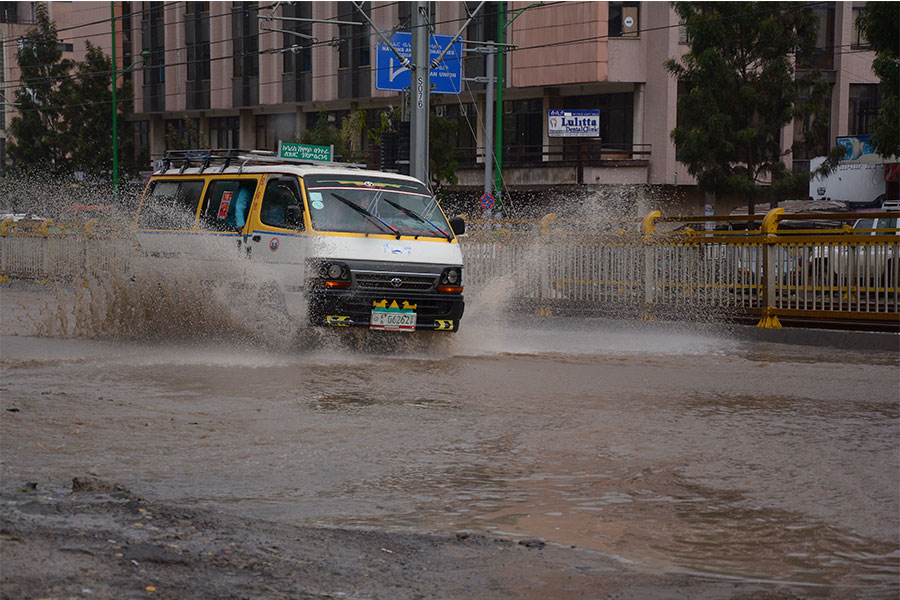
View From Arada | Apr 26,2019

View From Arada | Jun 07,2020

Fortune News | Jan 05,2020
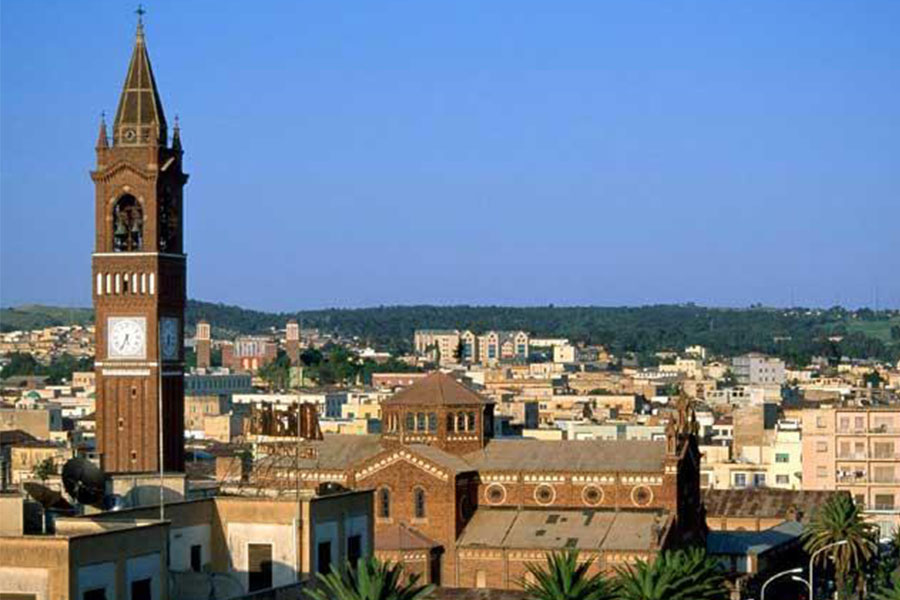
View From Arada | Dec 10,2018

Agenda | Jun 29,2025

View From Arada | Oct 19,2019

Radar | Nov 02,2019
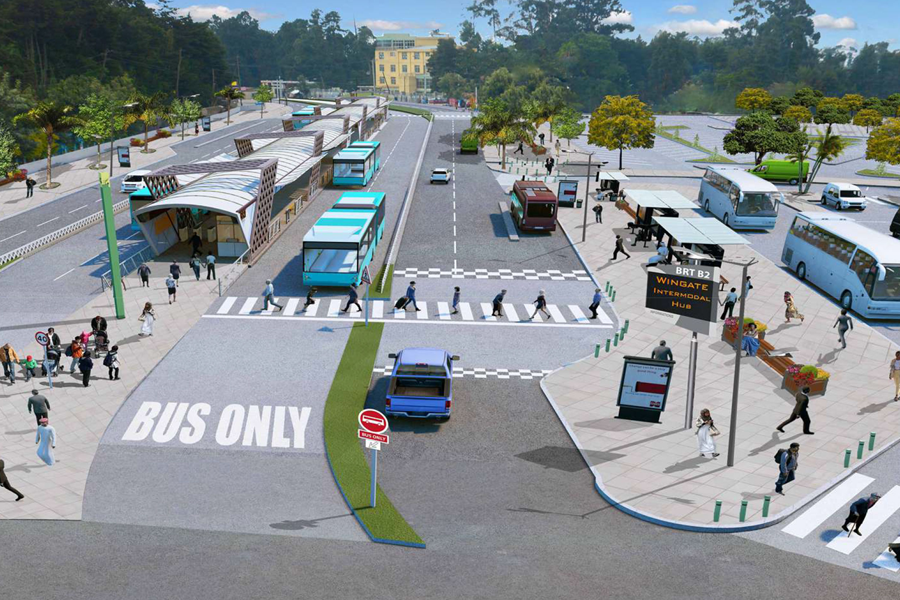

My Opinion | 131974 Views | Aug 14,2021

My Opinion | 128363 Views | Aug 21,2021

My Opinion | 126301 Views | Sep 10,2021

My Opinion | 123917 Views | Aug 07,2021

Dec 22 , 2024 . By TIZITA SHEWAFERAW
Charged with transforming colossal state-owned enterprises into modern and competitiv...

Aug 18 , 2024 . By AKSAH ITALO
Although predictable Yonas Zerihun's job in the ride-hailing service is not immune to...

Jul 28 , 2024 . By TIZITA SHEWAFERAW
Unhabitual, perhaps too many, Samuel Gebreyohannes, 38, used to occasionally enjoy a couple of beers at breakfast. However, he recently swit...

Jul 13 , 2024 . By AKSAH ITALO
Investors who rely on tractors, trucks, and field vehicles for commuting, transporting commodities, and f...

Jul 6 , 2025 . By BEZAWIT HULUAGER
The federal legislature gave Prime Minister Abiy Ahmed (PhD) what he wanted: a 1.9 tr...
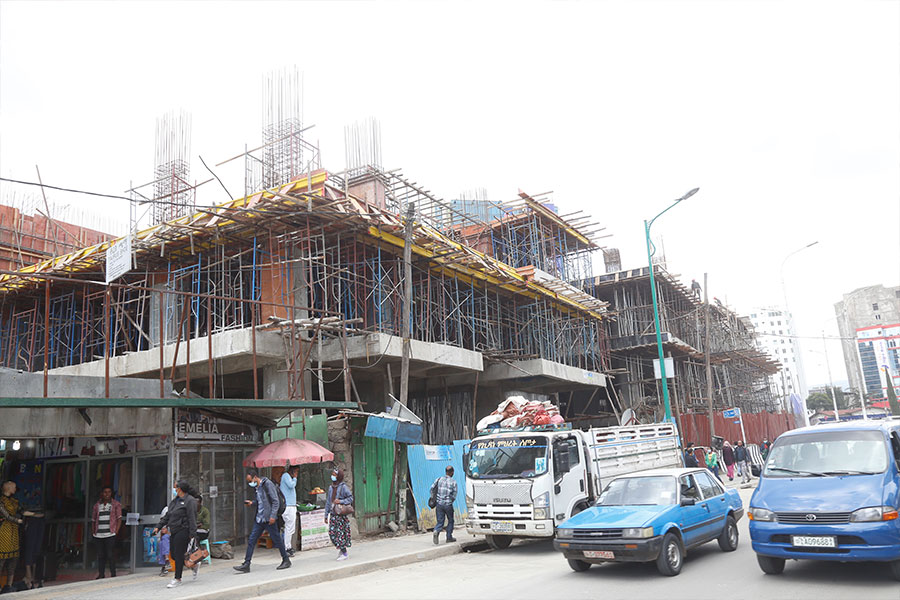
Jul 6 , 2025 . By YITBAREK GETACHEW
In a city rising skyward at breakneck speed, a reckoning has arrived. Authorities in...

Jul 6 , 2025 . By NAHOM AYELE
A landmark directive from the Ministry of Finance signals a paradigm shift in the cou...
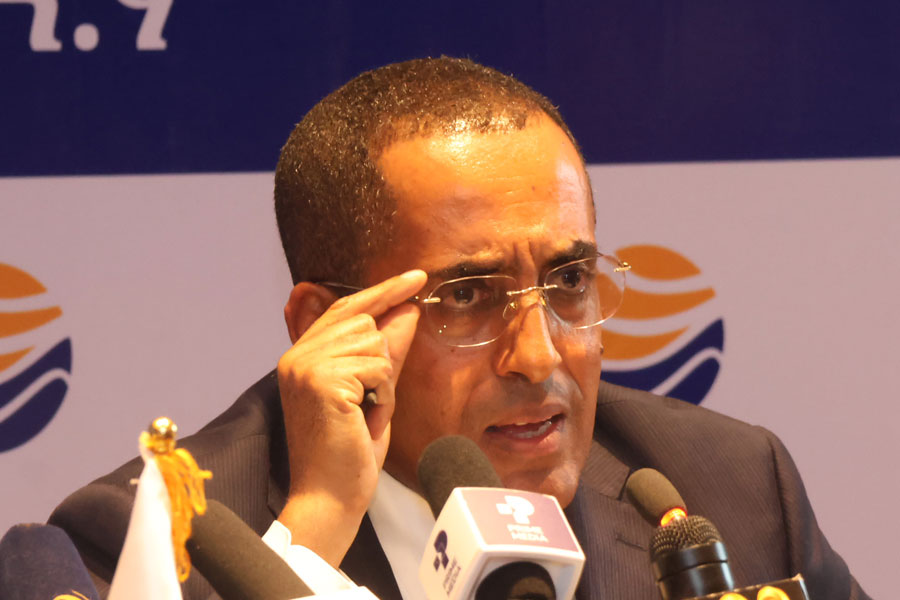
Jul 6 , 2025 . By NAHOM AYELE
Awash Bank has announced plans to establish a dedicated investment banking subsidiary...